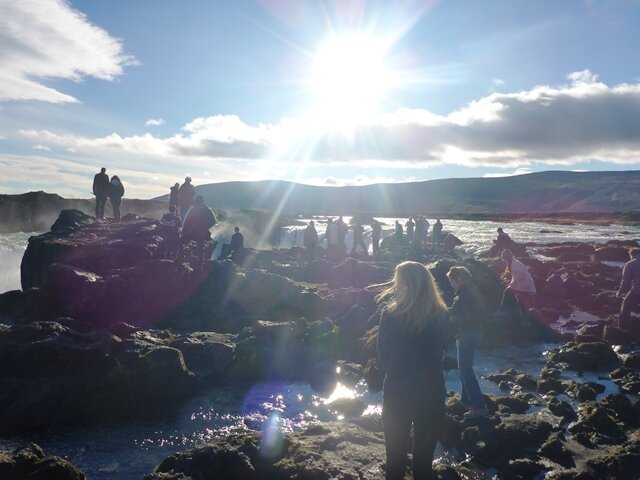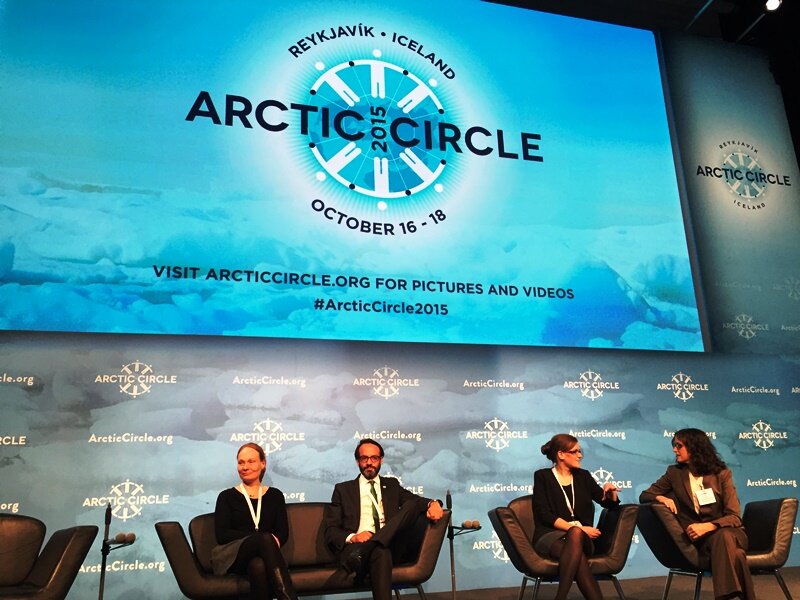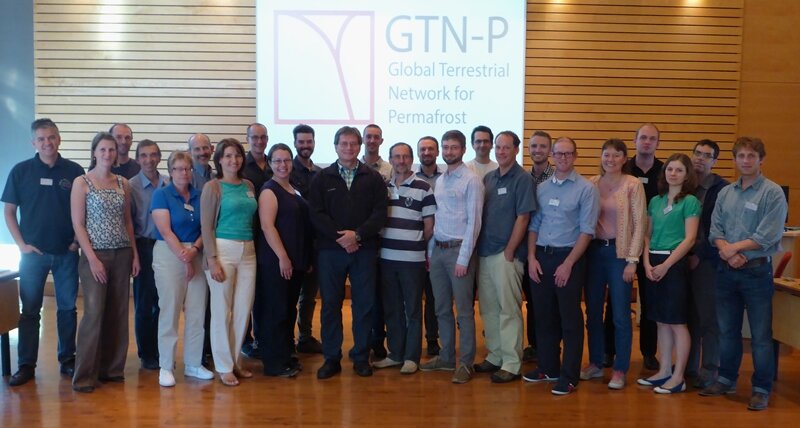The Abisko field site in northernmost Sweden
 Abisko Scientific Research Station with the famous u-shape valley Lapp gate (Lapporten) in the back (Photo: M. Johansson).
Abisko Scientific Research Station with the famous u-shape valley Lapp gate (Lapporten) in the back (Photo: M. Johansson).
It is a great luxury to work in Abisko, located approximately 200 km north of the Arctic Circle in Sweden as the site is very easily accessible. Daily flights from the capital of Sweden, Stockholm, take you to Kiruna in 1 ½ hours and then another hour by car to go the 100 km from Kiruna to Abisko. This gives you the opportunity to do many short field trips rather than long ones which are very convenient when you have a family at home. This field visit is just for one week, but I hope you will enjoy following our work during this week.
Not only is Abisko great because it is so easily accessible, but it is also great as it has a very long record of environmental monitoring that has been ongoing for almost 100 years. In 1913, Abisko Scientific Research Station was established and ever since then, climate and many other environmental parameters have been monitored continuously which provides unique background information when you are doing research on effects of ongoing climate changes. Annual air temperatures have increased by 2.5ºC from 1913 to 2006 and this have had effects on for example when the ice forms on lakes and when it melts. On Lake Torneträsk, a large lake (70 km long and 10 km wide) very close to the Abisko station, the ice duration, i.e. how long the ice stays have decreased 40 days during the last Century.
Permafrost is sporadic in the Abisko area. In the lowlands, you can only find permafrost in peat mires (as the peat protects the permafrost by insulating it from the heat during summer) and in the mountains you will find permafrost above ca 1000 m elevation. Monitoring of lowland permafrost was initiated by Ass. Prof. Jonas Åkerman from Lund University in 1978. Ever since, we have looked at what is going on with the permafrost in the area, mainly through measuring the temperatures in the ground but also by measuring how much of the upper layer (the active layer) thaws during summer. Permafrost temperatures have increased up to 1 ºC from 1980 to 2002 and the active layer have become thicker from 40-50 cm in 1978 to 70-80 cm in 2006.
 Our field site – the Storflaket mire (Photo: M. Johansson)We will do our field work at a peat mire called Storflaket. Storflaket is a small mire (900 m X 400 m) that is split into two parts by water. On the eastern side, we have long term monitoring of the active layer since 1978, on the other side, we have a manipulation site where we simulate predicted future increases in snow cover by manipulations and look at its effects on permafrost temperatures, active layer thickness and vegetation. In addition, we have an experiment where we look at different plants effect on permafrost.
Our field site – the Storflaket mire (Photo: M. Johansson)We will do our field work at a peat mire called Storflaket. Storflaket is a small mire (900 m X 400 m) that is split into two parts by water. On the eastern side, we have long term monitoring of the active layer since 1978, on the other side, we have a manipulation site where we simulate predicted future increases in snow cover by manipulations and look at its effects on permafrost temperatures, active layer thickness and vegetation. In addition, we have an experiment where we look at different plants effect on permafrost.
Our mission on this trip is the following:
- remove vegetation
- install new loggers
- make vegetation inventories
- remove vegetation
- install new loggers
- make vegetation inventories
I will explain more what this means during the coming days, so stay tuned.
Margareta











